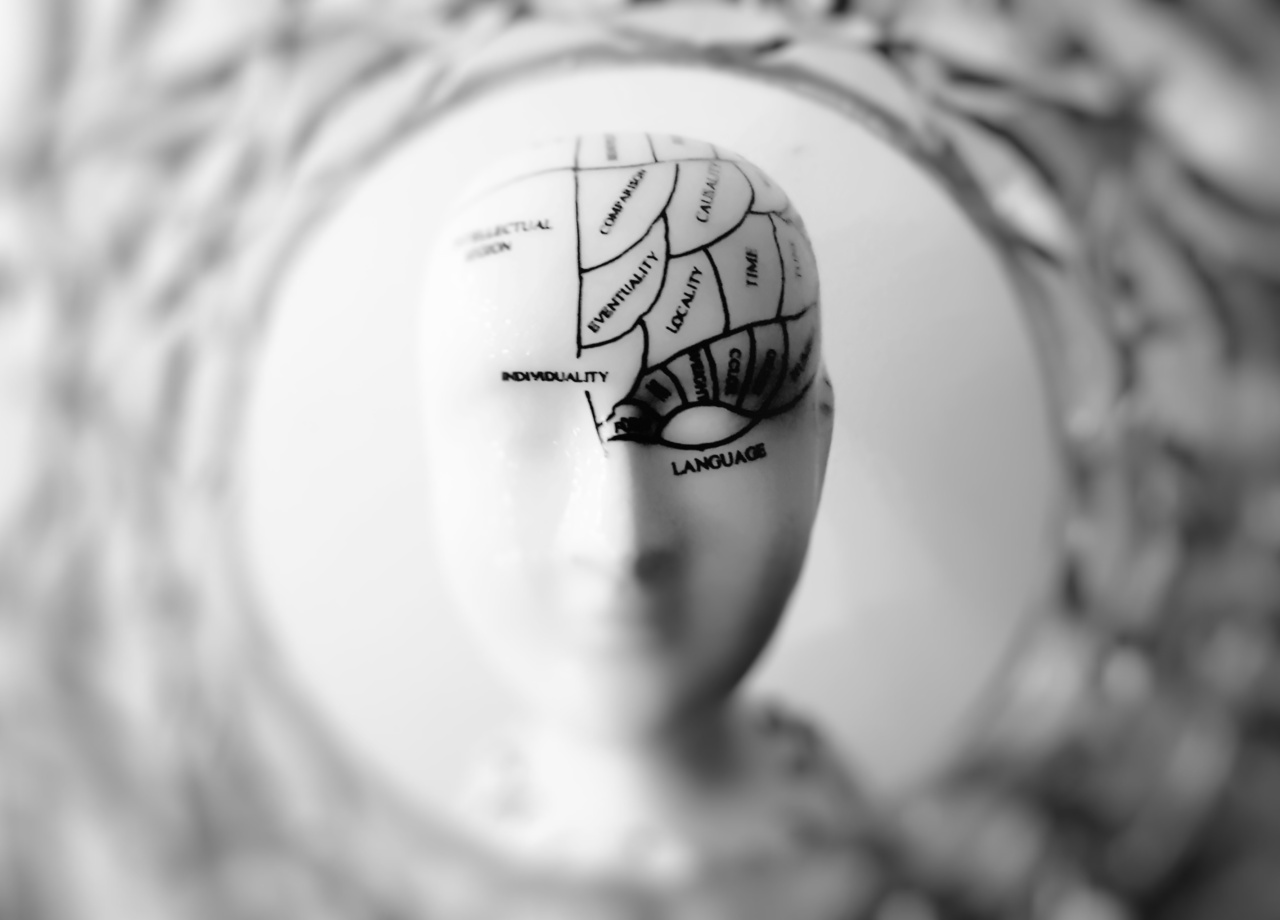Brain hemorrhage is a medical emergency that occurs when bleeding develops in the brain tissue or surrounding area. The condition can have varied symptoms depending on the severity of the bleeding and location in the brain.
Some symptoms may appear suddenly, while others may develop over time. Understanding the signs and symptoms of a brain hemorrhage can help you seek medical attention promptly and take appropriate action.
Headache and Neck Pain
A sudden, severe headache that seems to come out of nowhere or worsens with time is one of the most common symptoms of brain hemorrhage. The pain is typically described as a feeling of pressure, throbbing, or burning sensation.
The headache may be accompanied by neck pain, stiffness, or rigidity. The severity of the pain can range from mild to excruciating. If you experience a sudden, severe headache, seek medical attention immediately.
Nausea and Vomiting
Brain hemorrhage can also cause gastrointestinal symptoms such as nausea and vomiting. These symptoms may occur along with a headache or independently. You may feel queasy or experience a sensation of dizziness or lightheadedness.
Nausea and vomiting may be a sign of increased intracranial pressure, which is a serious complication of brain hemorrhage.
Seizures
Brain hemorrhage can also cause seizures or convulsions. Seizures may be mild or severe and can affect different parts of the body. You may experience twitching or jerking movements, loss of muscle control, or a brief loss of consciousness.
Seizures can occur as a result of increased pressure in the brain or damage to the brain tissue.
Changes in Vision
Brain hemorrhage can also cause changes in vision. You may experience blurred vision, double vision, or loss of vision in one or both eyes. You may also experience sensitivity to light or have trouble focusing your eyes.
Changes in vision can be a sign of pressure on the optic nerve or damage to the visual cortex of the brain.
Difficulty Speaking or Understanding Speech
Brain hemorrhage can also affect your ability to speak or understand speech. You may have difficulty forming words or speaking clearly, or you may have trouble following a conversation or understanding what others are saying.
Changes in speech can be a sign of damage to the language centers of the brain or pressure on the surrounding tissues.
Weakness or Numbness in a Limb or Side of the Body
Brain hemorrhage can also cause weakness or numbness in one side of the body or in a limb. You may experience a feeling of tingling or pins and needles, or you may have difficulty moving a particular limb.
These symptoms can be a sign of damage to the motor cortex of the brain or pressure on the surrounding tissues.
Confusion or Disorientation
Brain hemorrhage can also cause confusion or disorientation. You may feel confused about your surroundings or have trouble remembering things. You may also experience a sudden change in personality or behavior.
These symptoms can be a sign of damage to the frontal lobe of the brain or pressure on the surrounding tissues.
Drowsiness or Anxiousness
Brain hemorrhage can also cause changes in mood and behavior. You may feel drowsy or fatigued, or you may feel anxious or restless. You may also have trouble sleeping or experience changes in your appetite.
Changes in mood and behavior can be a sign of increased intracranial pressure or damage to the brain tissue.
Loss of Consciousness
In severe cases, brain hemorrhage can lead to a loss of consciousness. You may pass out or become unresponsive. A loss of consciousness can be a sign of a life-threatening condition and requires immediate medical attention.
Conclusion
Brain hemorrhage is a serious medical condition that requires prompt treatment. Understanding the signs and symptoms of brain hemorrhage can help you seek medical attention promptly and take appropriate action.
If you experience any of the symptoms listed above, seek medical attention immediately.

























